Are you intrigued by content writing and looking for the best way to get into the industry?
Being a beginner writer can be overwhelming, and sometimes knowledge can seem unattainable.
Well, everybody started from zero, but you are in luck.
Experts in the field are not shy to share their experiences and provide guidance.
As with any other work, some skills are a "must-have," and others are desirable.
In today's article, we will give you pointers on how to jump-start your career in writing.
So let's get to work.
Benefits of Well-Written Content
The goal of publishing content is to share your knowledge or ideas and help readers solve their problems.
There are many benefits of well-written content, and here are some of them:
1. Well-written content can help you rank higher in search engines.
2. It helps you build trust and credibility with your readers.
3. They can ensure you increase your conversion rate and boost your sales.
4. High-quality content enables you to build relationships with other bloggers and influencers in your niche.
5. It can help you stand out from the crowd and make your blog more memorable.
But to be unique and establish all of these benefits, you need to do things only a few writers are willing to do.
Your goal must be to tell a unique story that leads to the desired effect or action from the reader.
From this basic principle, we can determine what we need to write great content.
What Content Writing Skills and Techniques Should You Learn?
According to Garter’s research, the top content marketing challenge, with 41% of votes, is producing high-quality content.
Anyone can learn how to write great content, but it requires time and persistence.
These are some general skills every writer should develop from the start:
- Deep research of the topic you’re writing about
- Creating a proper outline that will be easy to scan
- Learn how to engage readers
- Make sure your grammar is always on point
- Create your unique writing style to be recognizable
As you can see, some skills are straightforward, others not so much.
Developing high-end writing skills like creative writing rely on research, vocabulary, grammar, etc.
So let’s get to a point and show you how to learn content writing or improve your writing technique as a professional.
How To Learn Content Writing - 5 Crucial Tips
"Through practice, you will learn" - is a basic cliche saying that is not too helpful, is it?
In this part of the article, we will go into examples and advice on developing your content writing.
1. Research Your Audience and Topic You’re Writing About
We all know what research means in general, but in content writing, it is a bit of a broader concept.
Before writing, you should get familiar with all aspects of the topic you are talking about.
Otherwise, your content will be like every other, and you don’t want that, right?
Keyword research can help you understand patterns used on search engines for certain topics.
To get these results, you can use poles or research tools available.

With proper use of keywords, you can boost article ranking and ensure organic growth for the web page.
And if your article is well-researched, your audience will respond better to it, an average reading time will be higher, and you’ll reduce the bounce rate.
A second major part of the research should be your targeted audience.
Every group of people has its own inclinations and what they value above the rest.
When you combine your goals behind content and group preferences, you get “selling points” and tone of use to communicate in articles.
Using surveys to research your audience and what they want to learn can help you create personalized content and answer all the questions they have about a specific topic.
Note: Quora is a perfect place for finding these questions your audience is constantly asking about.
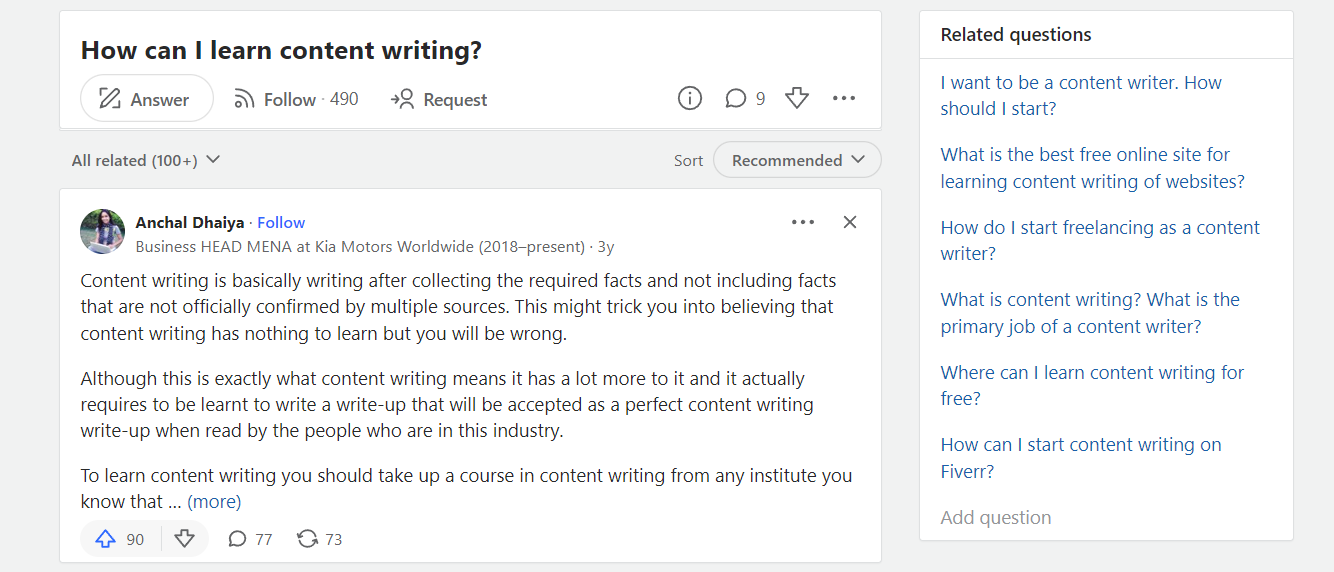
If you are working on a series of content pieces on one subject, keep a record of your findings in the form of notes.
Notes will help you learn about the topic and track your writing progress.
Here, you can also store any valuable information that will be used in your writing to provide as much value as possible.
You can use Notion or Evernote for these purposes and store all your findings in a single place so you can easily access them anytime.
2. Learn To Plan Before Writing Anything
After gathering all data on the subject, you need to put it in words on “paper.”
If you start writing on a blank sheet, you will end up moving blocks of text all over the document.
Actions like this can make articles look like pieces of a broken vase, beautiful and polished at one time but now a pile of unrelated fragments with sharp edges.
The outline of an article is a plan for a writing piece that should contain paragraphs and subtitles you’ll cover.
It is even better when every segment has a short description or notes of the focus point.
Planning with more details will save you a lot of time and effort later on.
Another and more important reason for creating outlines is the end product quality.
Here’s an example of how it looks in practice:
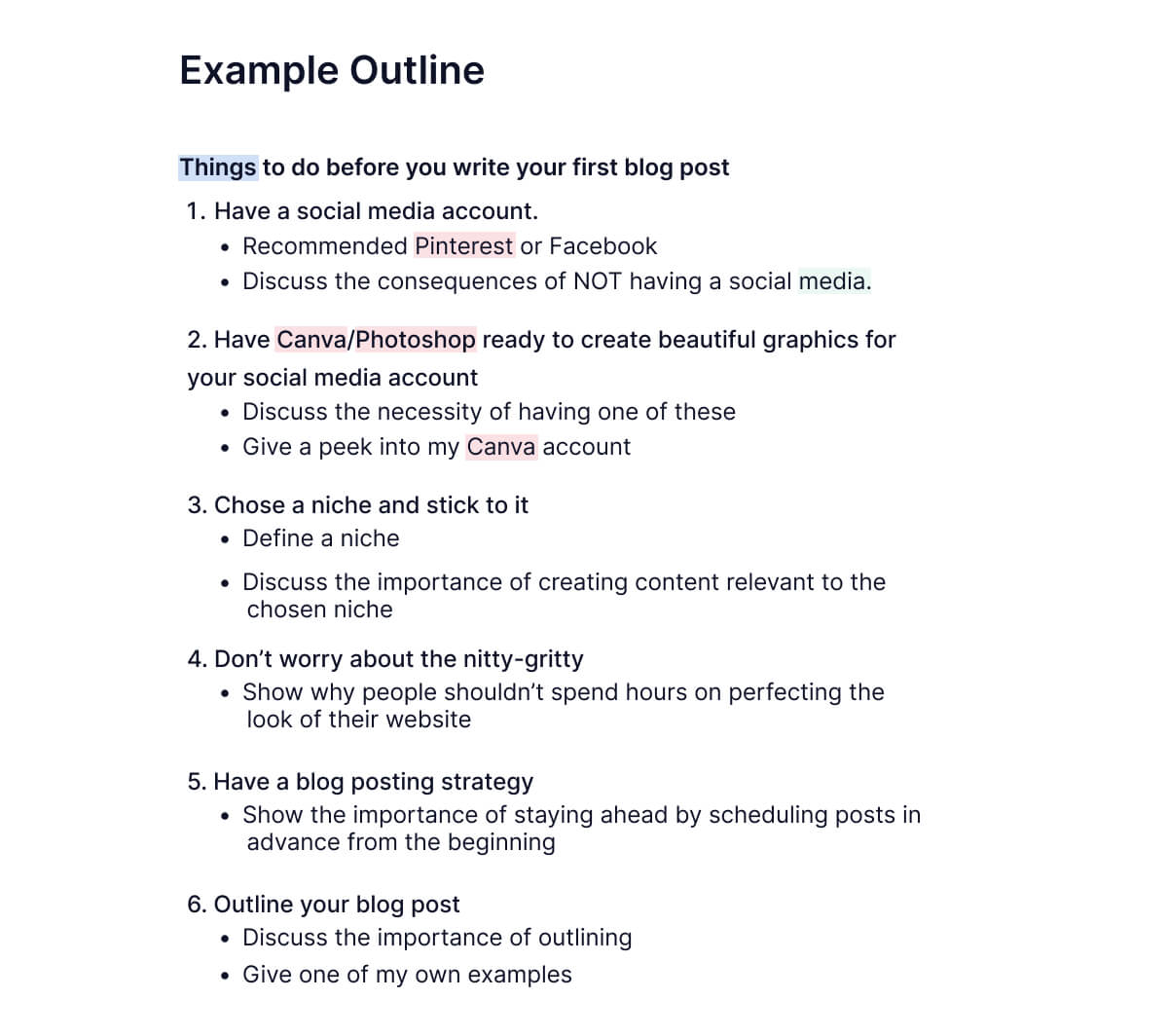
Let’s go over the main segments of the article outline with a few actionable pieces of advice.
1. Title:
- Well-constructed titles must contain keywords you are targeting for search engine ranking.
- A positive tone in the title and title tags attracts more views.
- Keep title tags shorter than 60 characters since more than that will be cut off.
2. Hook:
- Keep it short but impactful.
- Present a dilemma or problem that might bother the reader in the first sentence, and after that, hint that the solution is further down in the article.
3. Main topic:
- Divide the main topic further into subsections for better readability.
- Present the best arguments since this is part of an article others will cite.
4. Conclusion:
- Place a Call to Action at the end for the best results
- Summarize key points of the article in short bullet points
Knowing how to structure your writing is half the success you’re getting with your piece of content, so make sure it ends well.
3. Always Have Readers Engagement in Mind
Readers’ engagement drives the whole content writing industry.
What is the use of articles or blogs that no one reads or references?
The position of your writing to others on the same matter depends on many factors.
One of the major ones is readers’ interactions with your content:
- How many people are visiting this page?
- How many people actually read your articles in-depth?
- How many times was it referenced by other people or articles?
Your goal is to get as many people as possible to transition from type 1 to 2 and 2 to 3.
The best way to achieve this is by creating engaging content, so they stay focused while reading.
Here are some techniques you can implement:
- Write sentences in the active voice to keep readers involved like they are in the subject’s place.
- Shorten your sentences so readers can understand them in one reading and consume them easily.
- Utilize simple and precise language.
- Include a “Call to Action” at the end to draw them one step closer to their goal.
- Use positive wording to boost readers’ satisfaction.
Remember, they are giving you their limited time, so do not waste it.
4. Pay Attention to Your Grammar
Grammar is a set of rules governing written language.
Some people think it is easy to follow all the rules we use daily to communicate with others.
Mistakes can range from a single period at the end of a sentence to using words in the wrong place in the sentence.
We all know that one comma sign can change the idea behind a sentence.
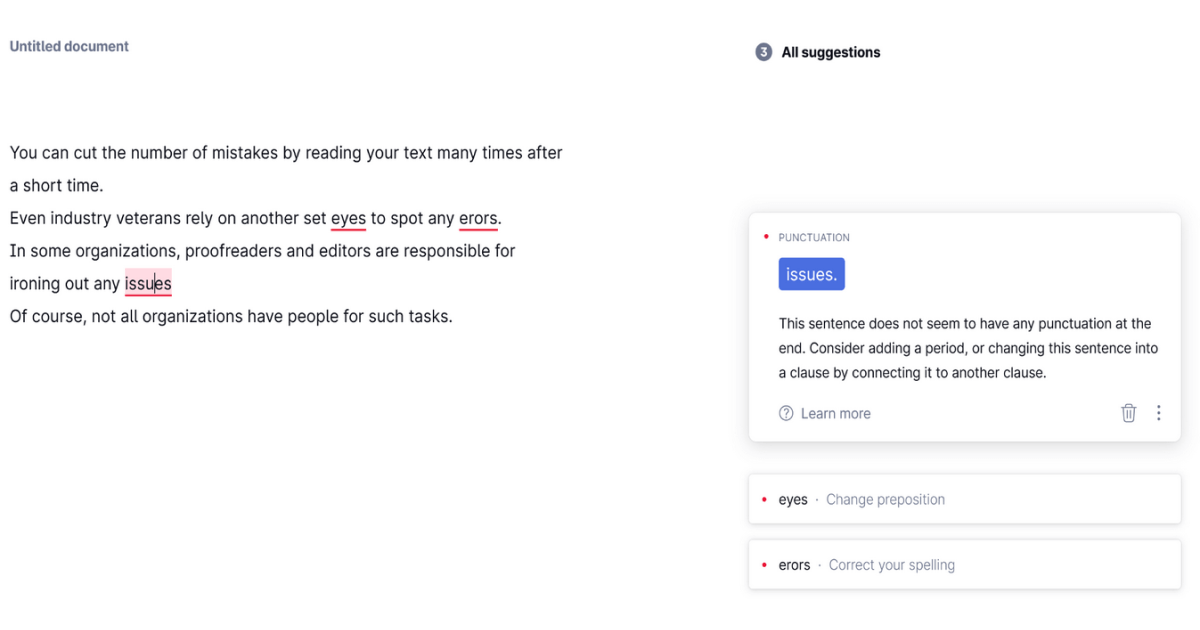
You can cut the number of mistakes if you implement some easy techniques:
- Invest time and even money in reliable grammar-checking tools like Grammarly, to help you keep your sentences clean.
- Read your text after a couple of hours to ensure it is easy to read.
- Have someone not involved in content writing read your article and see if everything is clear.
All grammar errors affect your credibility and readers' experience.
So make sure to keep it at a glance.
5. Work on Your Creative Writing Style
Writing style for any content refers to more than just written words, but the whole presentation.
You can pick any subject and find tons of references for it.
Unless you are writing about some new ground-breaking research, how you deliver information is what separates you from the rest of the pack.
Creative writing keeps content appealing and exciting for the reader. Even scientific research will become dull and tiresome if you serve only facts.
It is essential for real success in this business.
Creative writing is your expression, but we can offer some advice on how to use it effectively:
- Familiarize yourself with a targeted audience so you can use their interests to drive the point.
- Use comparisons with non-related subjects to create short breaks in presenting facts
- Include funny GIFs to elevate visual segments
- Create interactive segments like trivia questions with answers located in a different part of the content
The creative writing style can be a double-edged sword.
It can backfire if you use it too much or in a manner that is not suitable for the targeted audience.
If you get too entangled with creativity, your content can be too hard to read and follow the idea behind it.
Make sure to find the right balance to achieve optimal results. Otherwise, your content will just drive your readers away, and you don’t want that to happen.
To Sum Up
At this point, we can start combining all techniques into one great product.
You.
A writer’s worth equals the value of the content they’re creating.
A content writer who can put in place everything we have talked about so far will create high-value content.
The guidance we provided in this article should put you on the right track to success.
Keep in mind that there are no shortcuts - you need to do the work.
According to OptinMonster, average blog post takes 3.5 hours to write.
Take your time and do it right. It is much cheaper to do it right on the first attempt.
Test your creativity and leave your mark on the industry.
As you develop as writers, the techniques we listed today will still retain their value.
If you need help, there is always an alternative in the form of writing assistance tools.
You might think it is cheating to have a tool that will write text for you, but many experienced writers are using AI assistance in writing.
So why shouldn’t you?
Tools like TexCortex allow you to create original and engaging content, enabling you to adjust your creativity level and tone and leave your personal touch for the best performance.
On the other hand, you can use the same process in reverse.
If you have written a segment that you are not satisfied with, rewriting it can provide a different take while keeping the idea intact.
Here's how to do that easily:
You can also use it as a learning tool even if you think your text is perfect.
A use-case module-based AI as TextCortex assists you in creating any kind of content in a short period.
It will take out up to 80% of your writing work.
Since you're just starting, TextCortex provides you with 10 free daily creations to test it out.
And you can always get a bonus by referring it to a friend via Google reviews.
Sign up now, and let TextCortex help you skyrocket your writing career by helping you create unique content for any occasion.
.jpg)
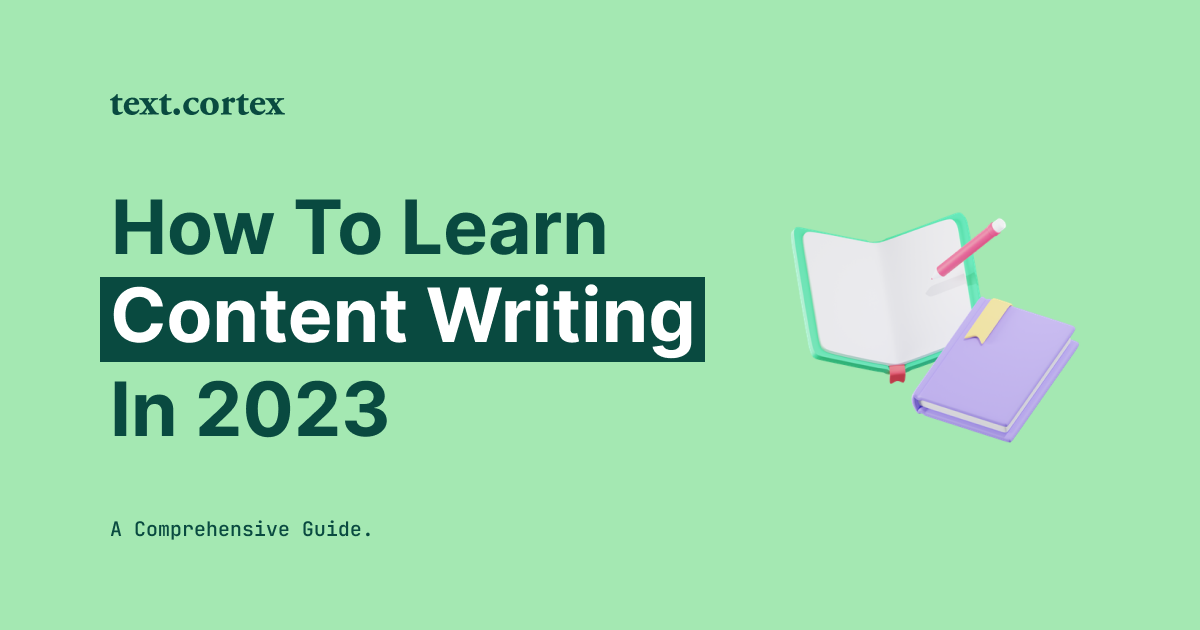
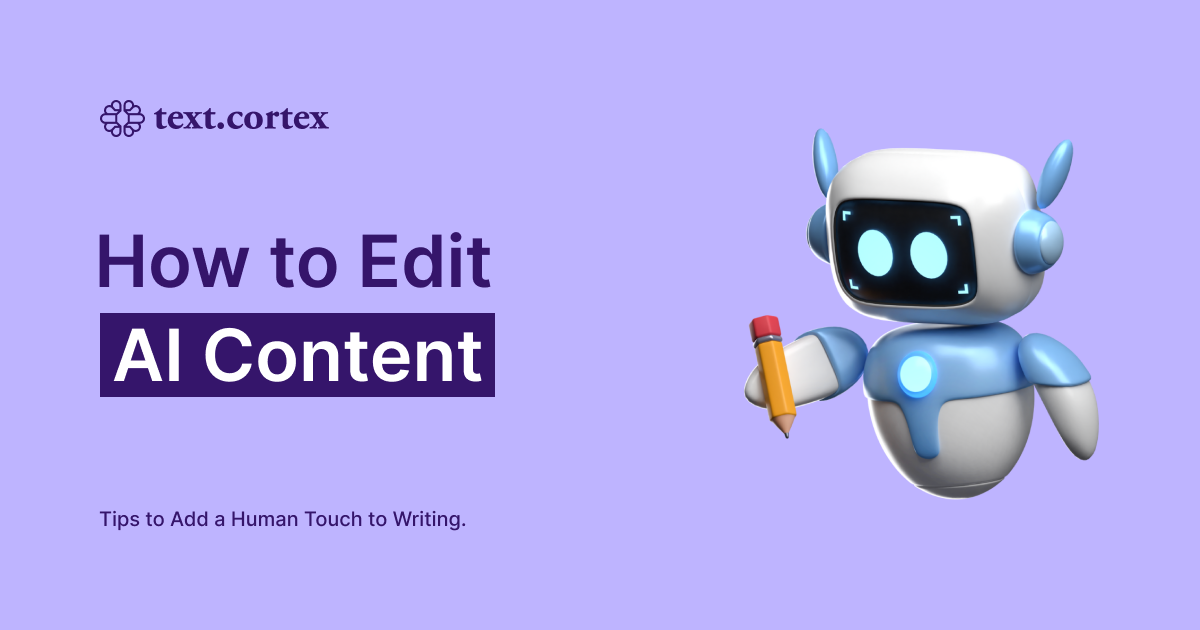

.png)

